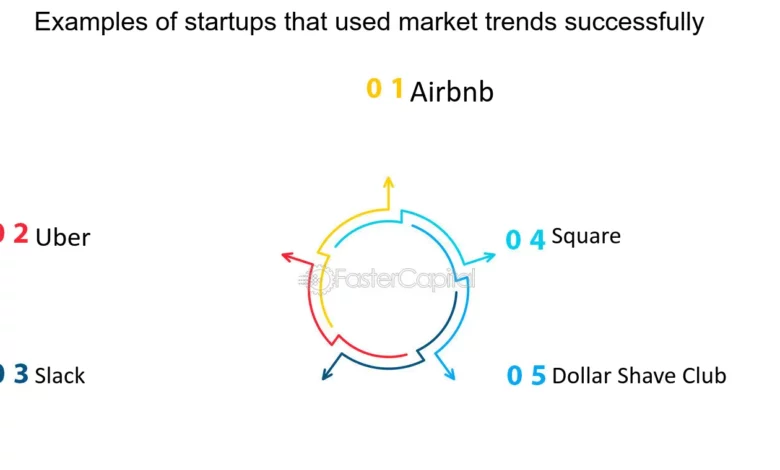Your Essential Guide to Understanding Trends

Certainly! The average rate of change is a fundamental concept across mathematics and statistics, vital in diverse fields from economics and physics to data analysis and engineering. It reveals how a quantity evolves over a defined period, such as temperature, stock prices, or population. This guide will explore its practical uses and methods for computation.
In our dynamic world, keeping pace with trends is crucial for individuals and businesses. Trends influence our daily choices and shape industries and economies. Grasping these trends is key to informed decision-making and staying ahead in today’s fast-evolving landscape.
Trend Analysis
One key aspect of trend analysis is understanding the Average Rate Of Change Calculator.
This guide will delve into the meaning of this term and its application, offering valuable insights into understanding trends.
This mathematical concept quantifies the average variation of a variable within a particular timeframe. It’s frequently applied in economics, finance, and statistics to scrutinize trends. AROC can be calculated for any data that changes, including sales figures, population growth, and stock prices.
Calculating the Change
Absolutely! The formula you’ve mentioned is fundamental in computing the Average Rate of Change (AROC). It’s straightforward yet incredibly useful, especially in contexts like analyzing stock prices over specific durations. The formula’s simplicity, using the difference between the ending and starting values divided by the number of periods, provides a clear depiction of change over time. This calculation method is a cornerstone in various analytical fields due to its straightforwardness and applicability.
Calculating the Change
To calculate AROC, you need two critical pieces of information: the starting value (S) and the ending value (E) of the variable you are measuring. The formula for AROC is as follows:
AROC = (E-S)/n
In this formula, ‘n’ represents the periods between the starting and ending values. For example, if you wanted to calculate the average rate of change for a stock’s price over six months, ‘n’ would be 6.
Benefits
By calculating AROC, you can gain valuable insights into the direction and magnitude of change in a particular trend. Some benefits of using AROC include:
- Understanding the overall trend
A single data point may need to provide more information to understand the general direction. By calculating AROC, you can get a more comprehensive view of how a trend evolves.
- Identifying patterns and anomalies
AROC allows you to see if there are any consistent patterns or deviations from the norm in a trend. This information can help identify potential opportunities or risks.
- Making data-driven decisions
Using AROC, you can make decisions based on concrete data rather than relying solely on intuition or assumptions.
- Comparing trends
AROC can be used to compare the rate of change between different variables. This can provide valuable insights into which trends are growing faster or slower than others.
Real-World Applications
The average rate of change has numerous real-world applications, from analyzing stock market trends to predicting population growth. Some specific examples include:
- Business forecasting
By calculating AROC for sales figures, businesses can gain insights into their growth and make informed decisions about future strategies.
- Investment analysis
AROC is often used in financial markets to analyze the performance of stocks, mutual funds, and other investments. Investors can use this information to decide where to allocate their resources.
- Economic indicators
Governments and organizations use AROC to track economic trends and predict the economy’s direction.
Various online tools and calculators are available to make calculating AROC easier. These can save time and ensure accurate calculations. Some features commonly found in AROC calculators include:
- Customizable periods
Users can input their desired start and end dates to calculate AROC for a specific period.
- Interactive graphs
Many AROC calculators display the data in an interactive chart, making it easier to visualize trends and patterns.
- Additional metrics
For a more comprehensive analysis, some calculators provide other metrics, such as standard deviation and confidence intervals.
Can AROC be negative?
AROC can be damaging if the ending value is less than the starting value. This indicates a decrease in the variable over time.
How accurate is AROC?
The accuracy of AROC depends on the quality and reliability of the data being used. Ensuring that the data is collected and recorded accurately for accurate AROC calculations is essential.
Is AROC the same as a slope?
A: While they may seem similar, AROC and slope differ. Slope measures the change in one variable concerning another, while AROC measures the average rate of change over a specific period.
Conclusion
In conclusion, the average rate of change is a valuable tool for understanding trends and making informed decisions. By calculating AROC, individuals and businesses can gain insights into the direction and magnitude of change in various data sets.
Whether you are analyzing market trends or predicting population growth, AROC is an essential concept to understand in today’s ever-changing world. So, next time you come across a trend, remember to calculate its average rate of change to gain a deeper understanding of its impact. So, remember to use an average speed of change calculator for accurate and efficient calculations. Keep learning and stay ahead of the trends!




